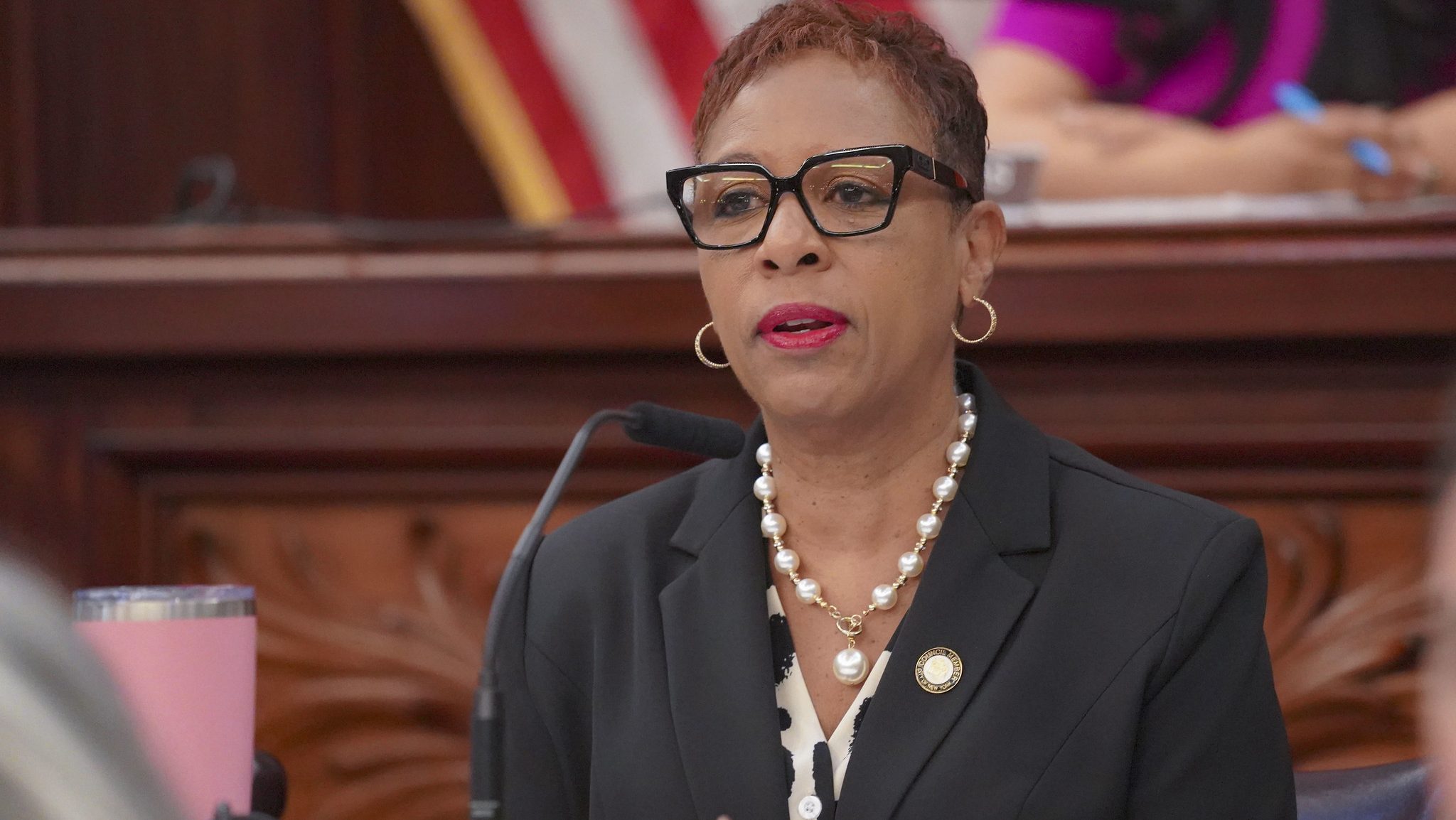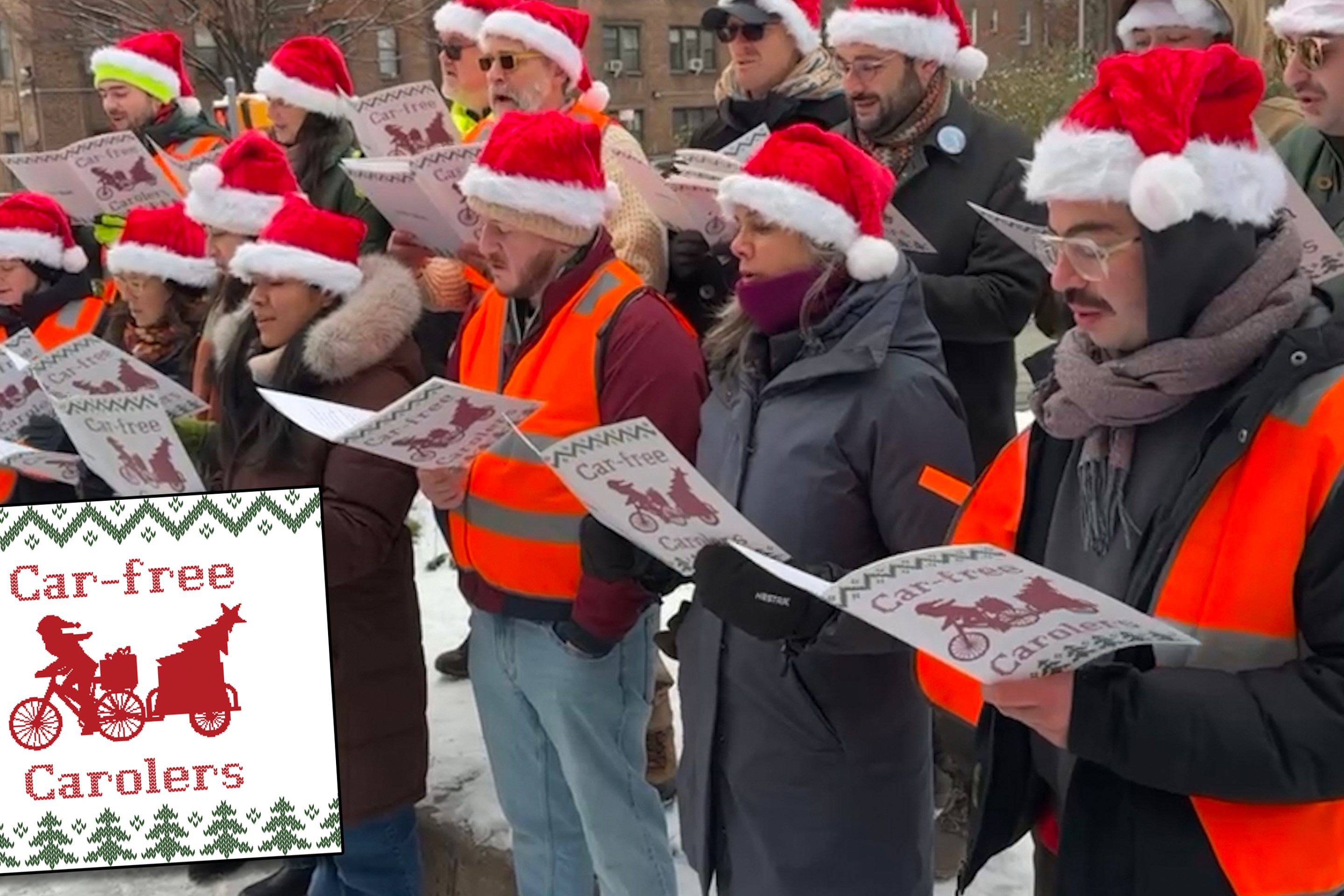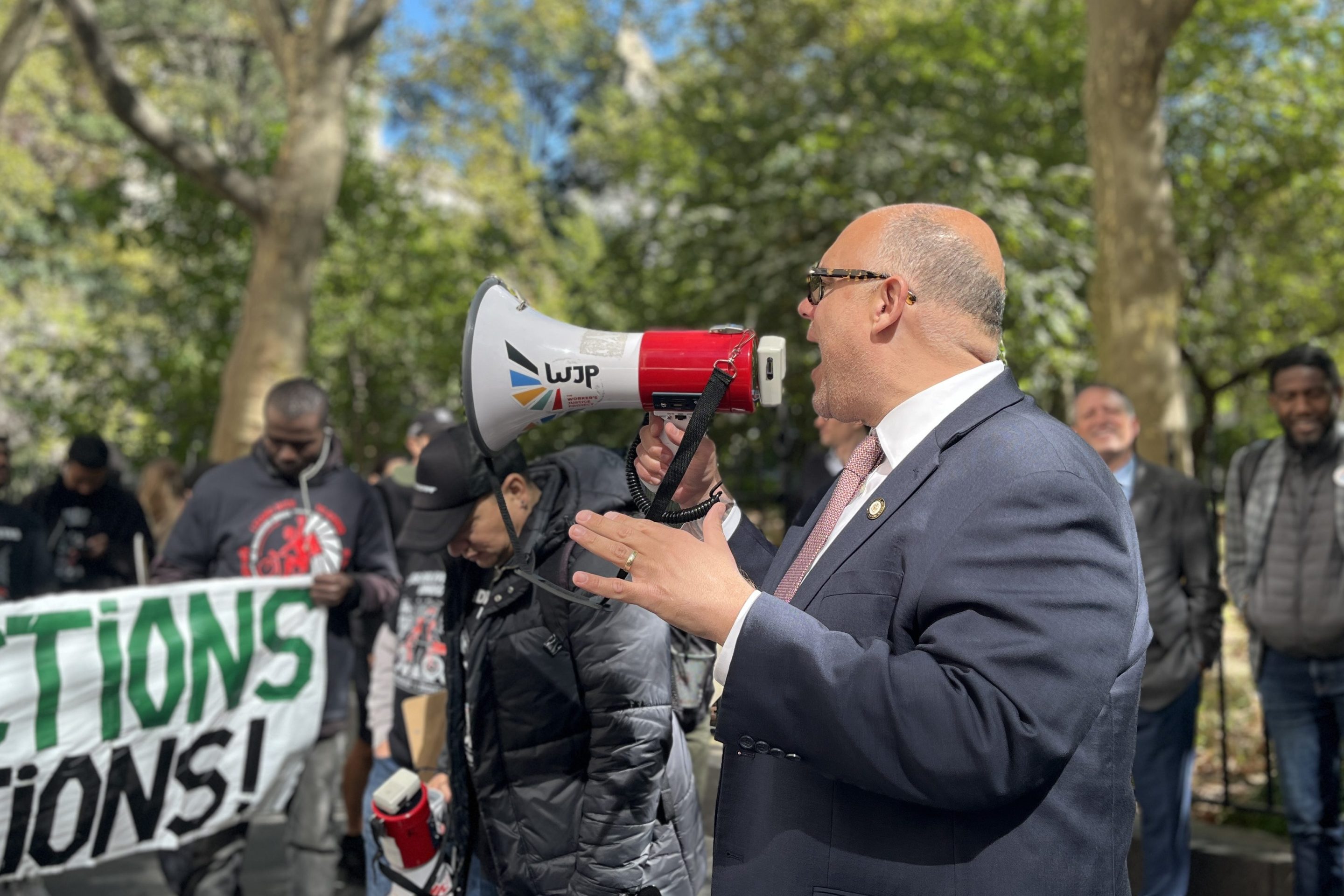
Park Slope's Fifth Avenue: a pedestrian- and bike-friendly, two-way, neighborhood Main Street.
New York City's Department of Transportation is getting set to propose a major change in the way cars and trucks flow through the avenues and streets of Park Slope, Brooklyn.Sources say that the plan will include the following:
- Fourth Avenue, a major six-lane artery with left-turn bays and parking lanes, will be narrowed. The center medians will be widened. Sources say that the City's Fourth Avenue plan may pull some elements from Alexander Garvin's 2006 Master Plan.
- Seventh Avenue, a neighborhood commercial strip, will be transformed from a two-way to a one-way.
- Sixth Avenue, a residential street, will also be transformed from a two-way to a one-way.
The new traffic plan was unveiled by Deputy Commissioner for Traffic Operations Michael Primeggia at Brooklyn Borough Hall recently. Though details of the plan have not yet been released, at first glance, DOT's proposal runs completely counter to community-friendly transportation planning being done outside of New York City.
As USA Today recently reported, hundreds of U.S. cities and towns are "switching one-way streets to two-way to improve commerce downtown,
according to the American Planning Association in Chicago. The trend
got rolling in the early 1990s and has expanded this year to bigger
cities such as Miami, Dallas and Minneapolis."
Engineers and planners specializing in the practice of traffic calming and the development of pedestrian-friendly neighborhoods generally advocate the opposite of DOT's plan. That is why many cities and towns are converting their 1950's-era multi-lane, one-way, through-traffic streets back to slower, more locally-oriented, two-way streets. There are three reasons why traffic calmers believe two-way streets are better for neighborhood life:
- One-way streets generally have higher motor vehicle capacity than two-way streets. Increasing a street's capacity induces more driving.
- One-way streets generally serve through-traffic first, local traffic second. One-way streets are oriented towards serving people driving through the neighborhood rather than people who live, work, shop, walk and bike in the neighborhood.
- While one-way streets can simplify crossing for pedestrians who only need to look in one direction, and some studies have shown that one-way streets tend to have fewer pedestrian crashes, one-way streets generally have faster vehicular speedsthan two-way streets, making crashes deadlier and more destructive.
The higher speeds on one-way streets "creates new problems," according to the Pedestrian and Bicycling Information Center. That is why many cities are "returning one-way streets back to two-way to allow better local access to businesses and homes and to slow traffic. Two-way streets tend to be slower due to "friction," especially on residential streets without a marked center line, and they may also eliminate the potential for multiple-threat crashes that exists on multi-lane, one-way streets."
The USA Today article provides some interesting historical background on the one-way / two-way phenomenon:
The boom in one-way streets began with the ColdWar in the 1950s, when cities planned quick routes out of town forevacuation in case of nuclear attack, says John Norquist, one of thefirst vocal advocates of two-way-street conversion. Norquist was mayorof Milwaukee from 1988 to 2003 and now runs the Congress for the NewUrbanism, which promotes the revitalization of cities.
The growth of the suburbs contributed, too, ascities smoothed the route home from work, says Neal Hawkins, associatedirector for traffic operations at the Iowa State University Center forTransportation Research and Education. Now, though, there are more jobsin the suburbs, more entertainment downtown, and drivers go in alldirections.
Photo: Studiotamar/Flickr





